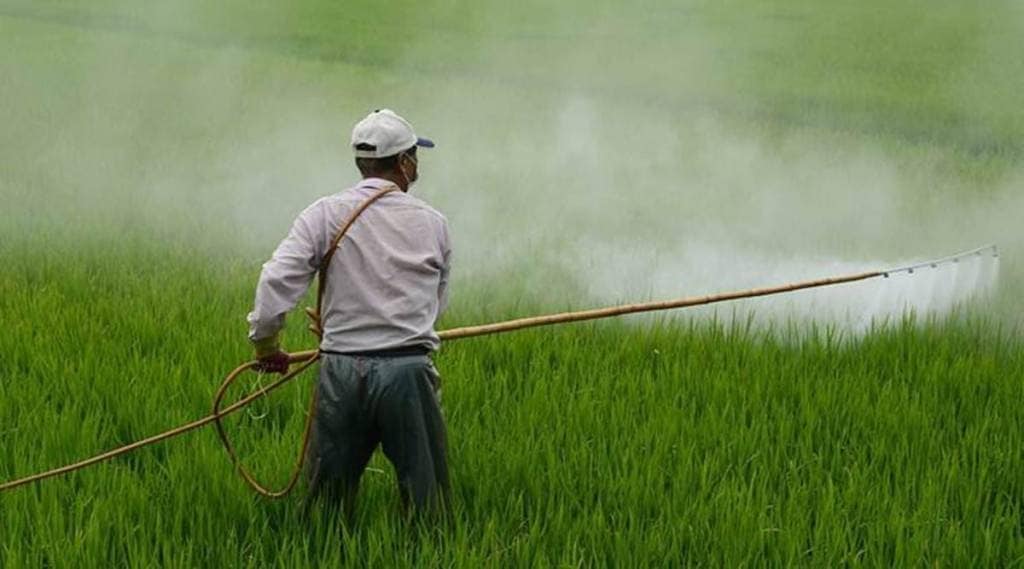Import of fertilisers in January this year rose by 3.9% to 1.9 million tonne (MT) compared to the year-ago period, according to the official data. The imports were 1.8 MT during January 2022.
According to the data, 1.06 MT (urea), 0.56 MT (Di-ammonium Phosphate – DAP), 0.1 MT ( Muriate of Potash – MoP) and 0.16 mt (complexes) were imported in January, 2023.
The domestic fertiliser production during January this year also rose to 3.9 MT when compared with 3.2 MT in the year-ago period.
More than half of the country’s DAP requirements are imported, and the main sources are West Asia and Jordan while India imports about 25% of its annual consumption of urea.
Imports account for a third of domestic soil nutrients consumption of around 60 million tonne annually.
Meanwhile, global urea prices (freight on board) declined by more than 44% to $ 500/tonne in January this year from $ 897/tonne in the year-ago period. Similarly, global prices of DAP fell by 26% to $ 679/tonne, phosphoric acid by 12% to $ 1,175/tonne.
However, the global price of MoP rose by about 32% to $590/tonne in January on year.
Fertiliser minister Mansukh Mandaviya in December last year had stated that with the wider use of nano-urea and nano-DAP, the fertiliser subsidy incurred by the government could be reduced significantly over the next couple of years. As per the revised estimates, the fertiliser subsidy for the current fiscal is estimated at Rs 2.25 trillion, which is an increase of 39% than Rs 1.62 trillion in 2021-22. It is mainly attributed to spike global prices of fertilisers and as well LNG, a key ingredient in manufacturing of urea.
Rating agency Icra expects the fertiliser subsidy at around Rs 2 trillion in 2023-24.
Also read: Onion exports at record $ 523 million in April-December quarters of FY23
In case of urea, farmers pay a fixed price Rs 242 per bag (45 kg) against the cost of production of around Rs 2,650 per bag. The balance is provided by the government as a subsidy to fertiliser units.
The retail prices of phosphatic and potassic (P&K) fertiliser, including DAP were ‘decontrolled’ in 2020 with the introduction of a ‘fixed-subsidy’ regime as part of Nutrient Based Subsidy mechanism announced by the government twice in a year.

